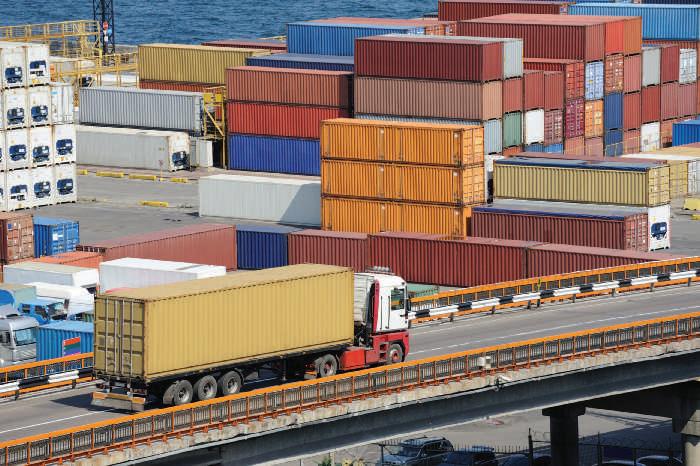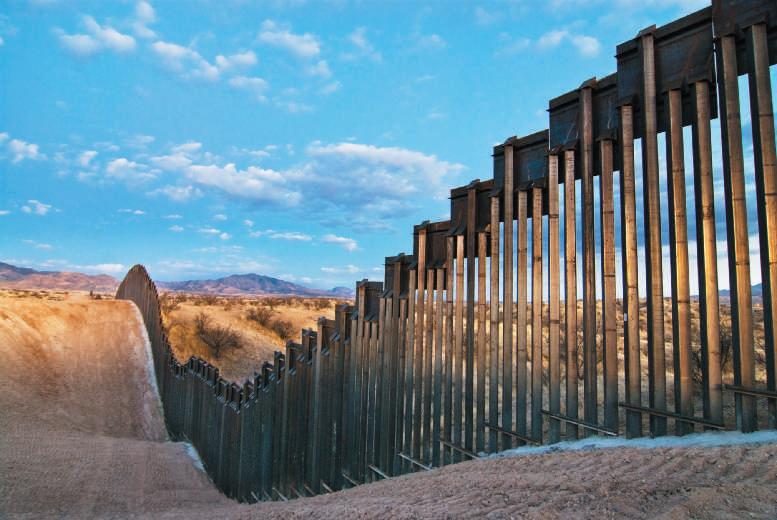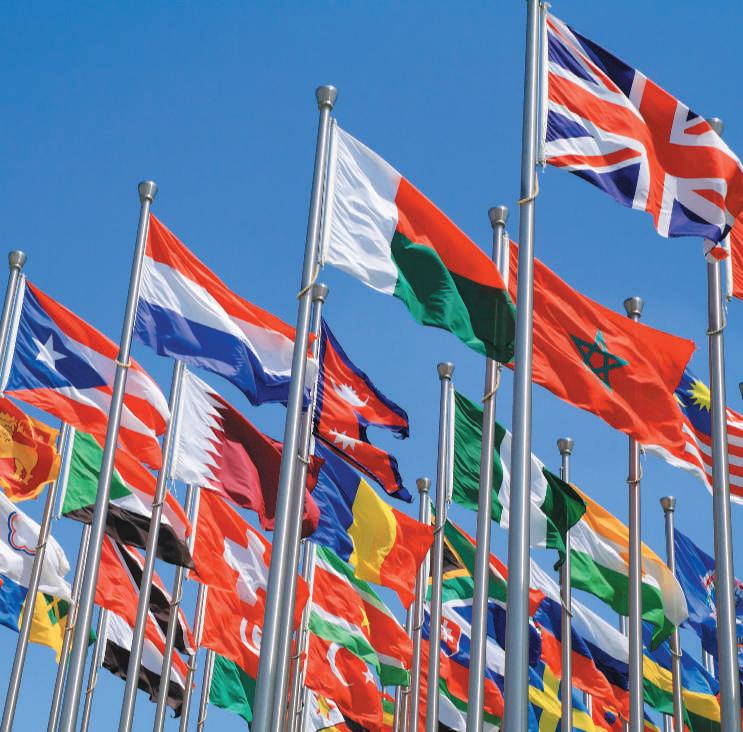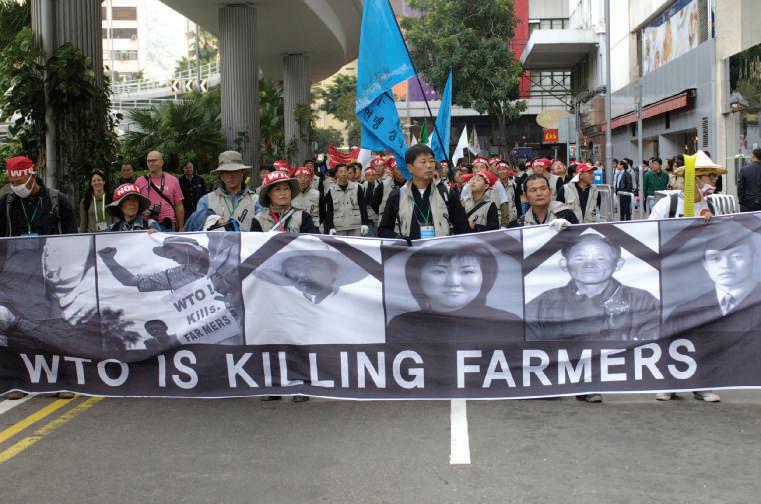Et h i c a l P e rs p e c t i v e s
18
C h a p t e r 1 T h e Ri s e o f G lo b a li z a t io n
Canadian Terroir?
C
anadians love wine. Unfortunately, because of its frigid weather conditions, most of Canada is unsuitable for the development of vineyards. The two notable regional exceptions include British Columbia’s Okanagan Valley, which is blessed with a Mediterranean climate, and southern Ontario, which rests at the same latitude as France’s Languedoc wine region. Wines from these Canadian regions have been awarded international honors and have been able to export some of their output. Yet without Canadian government subsidies, those wineries may not be globally competitive. The small wineries of British Columbia and southern Ontario produce Canadian terroir that is relatively more expensive and of better quality than the wines produced by Canada’s two biggest wine companies, Vincor Canada and Andrew Peller. Terroir (derived from “terre,” the French word for “land”) is defined as a group of vineyards or vines from the same region, belonging to a specific appellation, and sharing the same type of soil, weather conditions, grapes and wine-making, which contribute to a specific personality of the wine. The small wineries of British Columbia and southern Ontario believe that the image of Canadian terroir is being tarnished by Ontario government’s Liquor Control Board, which has approved labeling wine with up to 70 percent imported content (i.e., only 30 percent Canadian content) to be sold as Canadian wine. The ”big two” wine companies that primarily sell these blended wines argue that because Canada is incapable of being self-sufficient in wine production, there is no choice but to blend the limited amount of Canadian wine with cheaper imports from Australia and Chile to effectively compete in the Canadian market. However, the fine print on the bottle labels indicates that the imported wines were “cellared in Canada.” In the interest of transparency in government policy, the small Canadian wineries want the
labeling to be changed. Wineries would like the Liquor Control Board to “call a spade a spade” and indicate on the bottle labels that the blended wine is “bottled” in Canada but not “cellared” in Canada. For that matter, why blend the wines? Why not sell the pure Canadian wines as Canadian and the imports as Australian and Chilean wines bottled in Canada, as it is done in the United States? T r u e / Fa l s e Q u e s t i o n s : 1) Canada’s domestic vineyards are located in the Mediterranean climatic region of British Columbia and southern Ontario in Western Canada. True or False? Answer: False 2) Because Canada has a small population, domestic wine supplies are almost enough to meet local demand and very little imported wine is needed. True or False? Answer: False 3) Canadians consume a lot of blended wines that are labeled as cellared in Canada. True or False? Answer: True 4) The small wineries of Canada believe that the image of Canadian wines is enhanced because of blending with Australian and Chilean “terroir.” True or False? Answer: False Questions: 1) In the interest of globalization, do you believe that Ontario’s Liquor Control Board is ethical in its wine labeling process? Explain your position. 2) With the ongoing globalization process, do you think that as an institution, Ontario’s Liquor Control Board is practicing good governance? Source: “Outsourcing Terroir,” The Economist, September 12, 2009, p. 44.
1-4b Competitive Markets antitrust laws
national laws aimed at maintaining competition in all sectors of the economy and preventing monopolistic behavior of firms
Successfully globalized economies strive to attain competitive market structures at home. To achieve this objective, countries must enforce regulations that promote free markets such as antitrust laws. Although some might argue that antitrust laws interfere with the natural growth of successful businesses, they are meant to encourage competition and prevent problems like the “too big to fail” phenomenon that occurred in the 2008 American credit crisis.
Copyright 2017 Cengage Learning. All Rights Reserved. May not be copied, scanned, or duplicated, in whole or in part. Due to electronic rights, some third party content may be suppressed from the eBook and/or eChapter(s). Editorial review has deemed that any suppressed content does not materially affect the overall learning experience. Cengage Learning reserves the right to remove additional content at any time if subsequent rights restrictions require it.







































